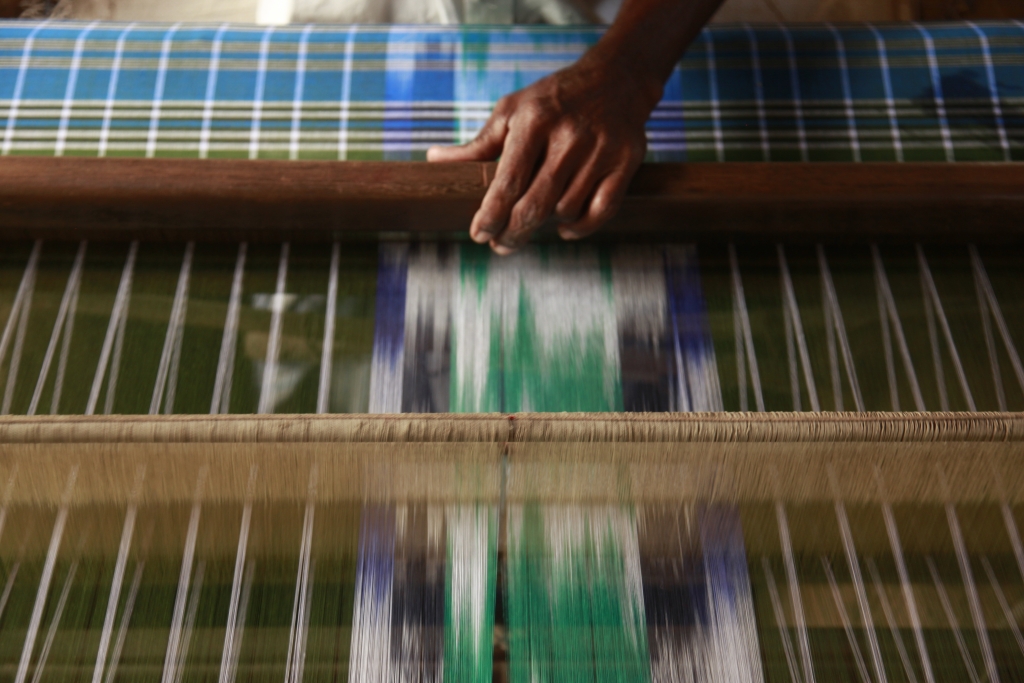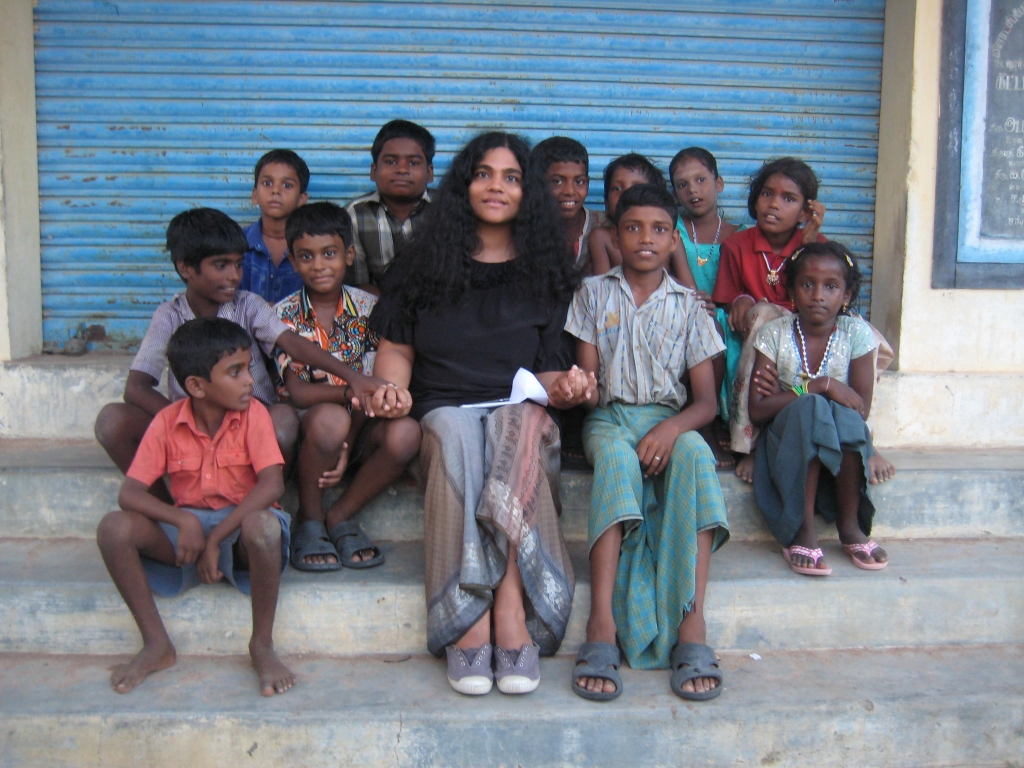
I am a story junkie. I have to finish every book or movie I start as curiosity would kill me otherwise. Even as a young girl I would hide novels inside my science books pretending as if I was doing my biology homework. My family, like any self-respecting Indian clan, hoped their daughter would be a doctor and I didn’t have the heart to tell them that the sight of blood made me faint. That charade went on until high school as it was the path of least resistance, but as I sat down to write my application for Med School, terror stuck and I rebelled. That bit didn’t have a happy ending as my parents couldn’t understand the sudden change of heart after having studied biology through high school (my first lesson in always being my authentic self) and I ended up leaving home at the age of 17, to make my own way in this world.
Like most 17-year-olds, I was at odds with the world around me, felt misunderstood, and was desperately looking for a revolution to jump into. I thought I should study political science and become a politician but quickly realized I needed to make a living. As luck would have it, the first job I got at the age of 18 was working as a go-between artisan communities and young designers from Europe. Fashion seemed to me the banalest of activities but the practicality of bills to pay made me take up that job with much gusto.
Falling in love is a mysterious thing and many stories have been written about it. Sometimes it’s a slow love that creeps up on you by surprise and then there is the very melodramatic love at first sight. I am not sure which one it was when I look back now. I do remember being entranced by the skill of the artisans in turning an abstract idea into physical reality in a few hours on my first visit to a handloom weaver. And as I have continued my career I have just fallen more under their spell. It does not matter how many times I might have watched a weaver weave, a dyer dye, a printer print or an embroiderer embroider it still feels magical. The richness and the diversity that I have seen in the world of heritage textile craft has me hooked for life.
Early on I became a collector. It started with little swatches that were given to me for approval that I used to hoard as they just felt too precious to end up in a bin, to the old torn up pieces I bought from the artisans that made them shake their head in bemusement at my even wanting to pay for them. Each little swatch, torn up an old piece or later masterpieces that I saved top tp buy and have in my closet and in a big old trunk ( much to my husband´s chagrin ) is a little story that weaves the narrative of my life. I fancy one day telling my granddaughter the story of meeting Don Habacuc and his family who still take the risk of combing the rocky Oaxacan coastlines, nearing the full moon, to carefully pick up the sea snails (caracol purpura panza ) and patiently put them on skeins of cotton thread so that their slime would turn them into the magical purple color so sacred for the Mexicans.
Textiles are older than writing as a way of passing on our stories and myths to the next generation. Folk art is distilled wisdom and it has taught me many a lesson. I remember talking to weavers about the original source of patterns and them frowning at me and not understanding my obsession with exact records. They seemed to have no concerns about copyright as most of them don’t have a sense of individual ownership. To them, this is ancestral knowledge and it does not belong to anyone but to everyone. They were not at all interested in the exactness of a recipe or a pattern either. Repeatedly I would be asked ¨Who would want to make the exact same thing over and over again. Sounds very boring.¨ So never have I found two pieces that were the same even if they looked alike. To each his own, just like us, humans.
Many of these heritage traditions are on the verge of extinction as the last of the maestros are getting old with no young disciple willing to put in the years of hard apprenticeship it takes to become a master craftsperson and that is why I am obsessed with finding ways to help them continue.
From the IOU Project that I started in 2010 to my new project XTANT with my dear soul sister Marcella Echavarria, my work has been a long love story to this beautiful craft of storytelling, made with fiber, imagination, hand and the heart.
***
Kavita Parmar is the co-founder of the IOU Project that works with heritage materials and handloom weavers to help raise awareness about provenance, authenticity, and sustainability. She works with sheepherders in Spain to revive a 12th-century breed of Merino sheep. This breed originated in Spain, and the wool is regarded as having the finest and softest fiber of any sheep. The wool is hand spun into yarn by the sheepherders’ families. Kavita uses this to create modern garments inspired by traditional shepherd’s attire.
IOU Projects also works with handloom weavers in India and European tailors. The company has created a system whereby each garment is traced back through every stage of production to the individual artisans who touched it so that the end-user knows the biography of every item of IOU clothing.
